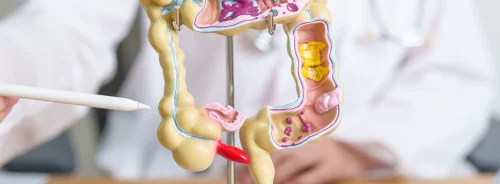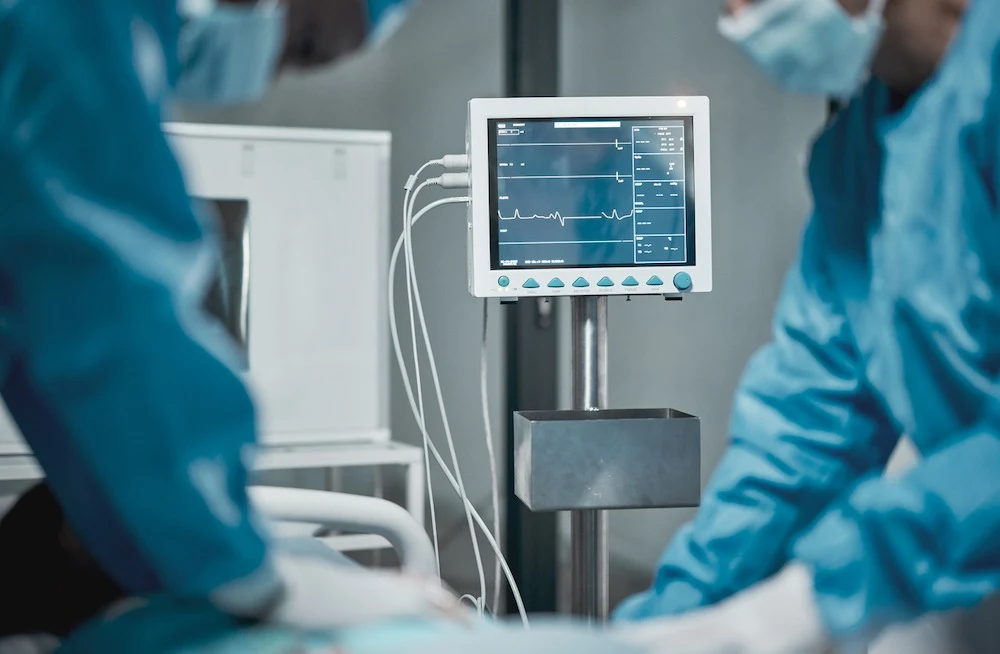Mechanical ventilation with positive pressure aims to deliver well-conditioned gas, ensure lung expansion, and monitor key parameters like airway pressures and tidal volume (VT). Despite technological advancements, current invasive ventilation has limitations, particularly for critically ill patients who require timely, precise interventions. Positive pressure ventilation can cause haemodynamic issues, lung injury, and respiratory muscle impairment.
Modern ventilators have improved, but settings are often adjusted reactively rather than proactively. Effective care requires continuous, integrated monitoring and personalised adjustments. Future advancements could offer better, automated, individualised support to balance oxygenation and carbon dioxide levels and minimise adverse effects.
Current ventilatory support faces several unmet objectives, some of which include:
- Positive airway pressure disrupts the normal ventilation-perfusion balance, potentially increasing pleural pressure and causing haemodynamic issues and fluid retention. It can also lead to overdistension of compliant lung zones, inefficient blood flow, and increased dead space. Additionally, it reduces respiratory muscle activity and tone.
- Positive pressure ventilation raises intrapleural and intracavitary pressures, hindering venous return and potentially impeding left ventricular filling. This often results in systemic blood pressure drops and fluid overload, which can exacerbate lung oedema and impair gas exchange.
- High-stress ventilation can cause ventilation-induced lung injury (VILI) by overstretching lung tissue, which is influenced by the type of disease, stage, and local lung environment. Key factors include transpulmonary airspace pressure and ventilatory power.
- Prolonged mechanical ventilation can lead to respiratory muscle atrophy and fatigue, while insufficient support can increase patient effort and risk hypercapnia. Excessive support can also impair muscle performance through mechanisms like high PEEP and incomplete alveolar emptying.
Current ventilators, despite their sophistication, often fall short in optimising support for patients with life-threatening respiratory failure. Positive pressure ventilation affects other vital organ systems, potentially causing adverse effects. PEEP and mean airway pressures should be minimised to the lowest effective levels to mitigate these issues. This approach reduces ventilatory demand, mechanical stress, and the need for compensatory fluids and vasoactive drugs.
To improve ventilatory support, future machines should avoid the monotony of fixed tidal volumes and cycling intervals, which can lead to atelectasis. They should support more natural breathing patterns and account for body position changes that affect transpulmonary pressures. An ideal ventilator would monitor functional residual capacity, transpulmonary pressures, cardiovascular variables, and ventilation energetics. It would also track CO2 production and dead space through exhaled gas analysis. Automated, goal-guided adjustments in a semi-closed loop system would help bridge gaps between targeted and actual values, alerting caregivers when intervention is necessary to prevent deterioration.
Monitoring only airway pressure does not fully assess lung distention or local tissue strains. Methods to estimate transpulmonary pressure without using esophageal balloon catheters are being explored, though they have not been thoroughly tested clinically. Knowledge of absolute lung volume is crucial for evaluating lung mechanics and VILI risk. Techniques like gas dilution to measure functional residual volume (FRC) could help assess stresses and strains related to VILI. Future ventilators could benefit from continuously estimating both transpulmonary pressure and FRC to more accurately gauge the dimensions and condition of the aerated lung.
Caregivers in critical care face the challenge of monitoring and responding to multiple variables affecting decision-making. Optimising ventilation requires considering both lung and cardiovascular system impacts, with attention to haemodynamic variables and fluid balance. Continuous data from arterial pulse contours, heart rate, and central venous oxygen saturation and pressure are valuable for assessing cardiac function and ventilation responses.
Additional cardiopulmonary imaging from ultrasound and impedance tomography could provide insights into regional tissue expansion and haemodynamic effects of airway pressure changes. Tracking urinary output and electrolyte composition would also be beneficial for comprehensive patient monitoring.
Tracking trends in targeted variables over time is crucial but often overlooked in monitoring disease progression or responses to treatment and machine settings. Shift rotations can complicate consistent awareness of subtle patient status changes. Timely evaluation of trends and early intervention are critical for effective decision-making and care. Future ventilators could continuously monitor multiple variables related to cardiorespiratory status, reporting recovery or deterioration trajectories. Automated adjustments and preventive surveillance based on detailed data streams could enhance care. Machine learning and artificial intelligence might play a growing role in identifying patterns for personalised ventilatory therapy.
Clinical vigilance by well-trained personnel is crucial but challenging. Caregivers often manage multiple patients with sporadic bedside visits, needing to detect significant changes before alarms trigger. Unnecessary alarms are a common burden. A future intelligent ventilator could autonomously correct minor variations and communicate trending data indicating major clinical changes. It would wirelessly provide caregivers timely updates on cardiorespiratory status regardless of location, offering decision support and improving information transfer among personnel.
To effectively support patients with life-threatening respiratory failure, there is a need to integrate vital information, automate adjustments to meet clinical goals and improve interactions with caregivers. While these needs are clear, the specifics of achieving them economically are not yet defined. Not all ventilators need to be equally advanced; simpler, more affordable machines can adequately support patients without life-threatening conditions.
While the current state of practice may make the proposed advancements seem like an unattainable 'wish list,' the long-term prospects are more promising. Advances in electronic capability and connectivity suggest that insights from physiological research and emerging technologies could eventually make these aspirations a reality.
Technologies such as wireless communication and digital storage have greatly expanded in recent years. Current near-approximations to 'closed-loop' ventilation and automated support protocols show progress, and the future application of artificial intelligence may further integrate data and enhance evaluation, bringing us closer to achieving these goals.
Source: Critical Care
Image Credit: iStock






